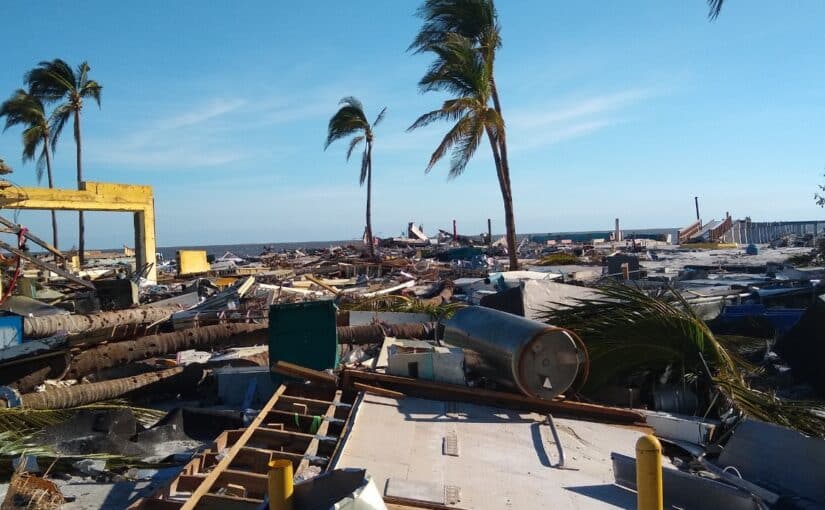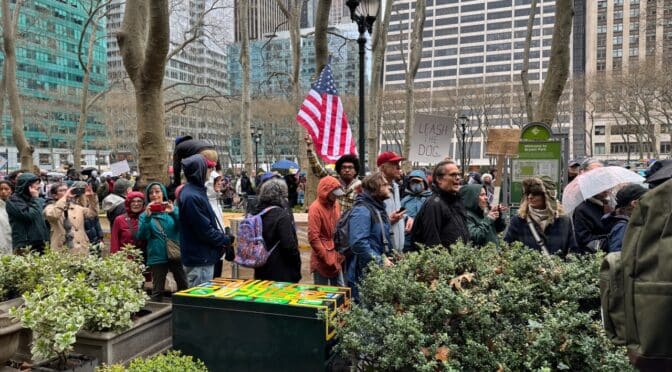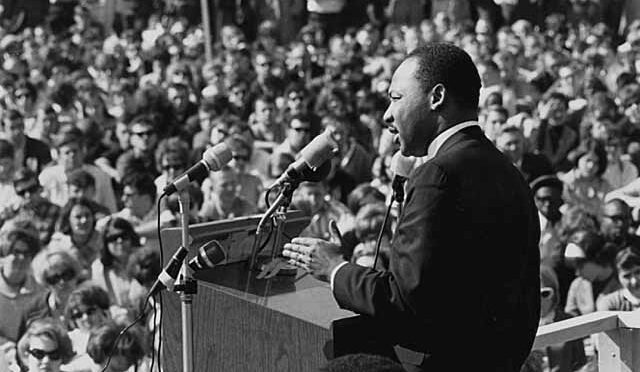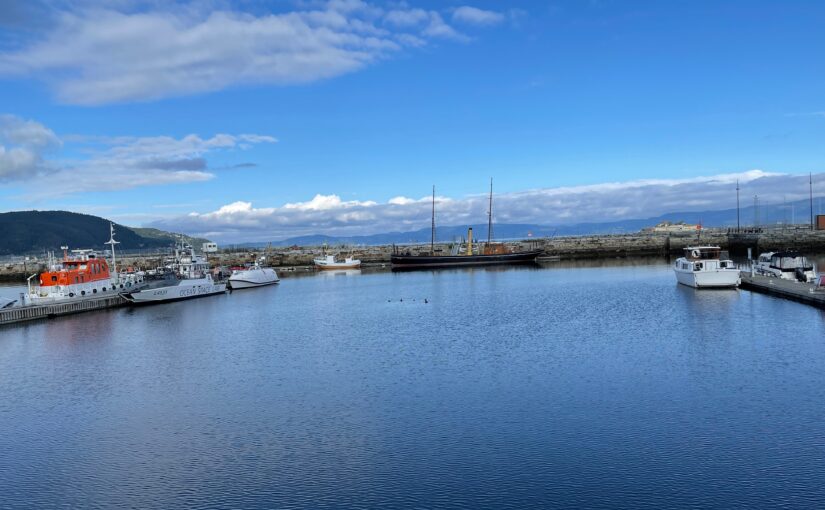by Nick Taylor
I watched TV intently as Hurricane Ian slammed into the southwest Florida coast and Fort Myers Beach, the small island town where I grew up. When I first brought my wife Barbara there, before we were married, we drove across a bridge from the south and she drew in her breath. “It’s beautiful. You grew up in paradise,” she said.
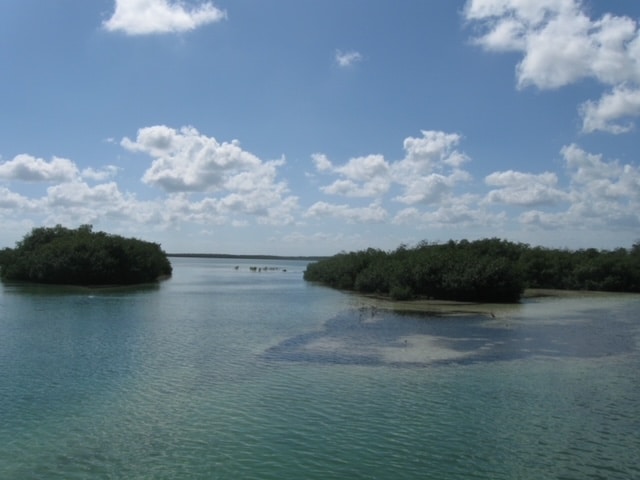
Now paradise seems lost. Ian’s eye passed a just a few miles north, targeting the beach with its heaviest onshore winds and fiercest seas.
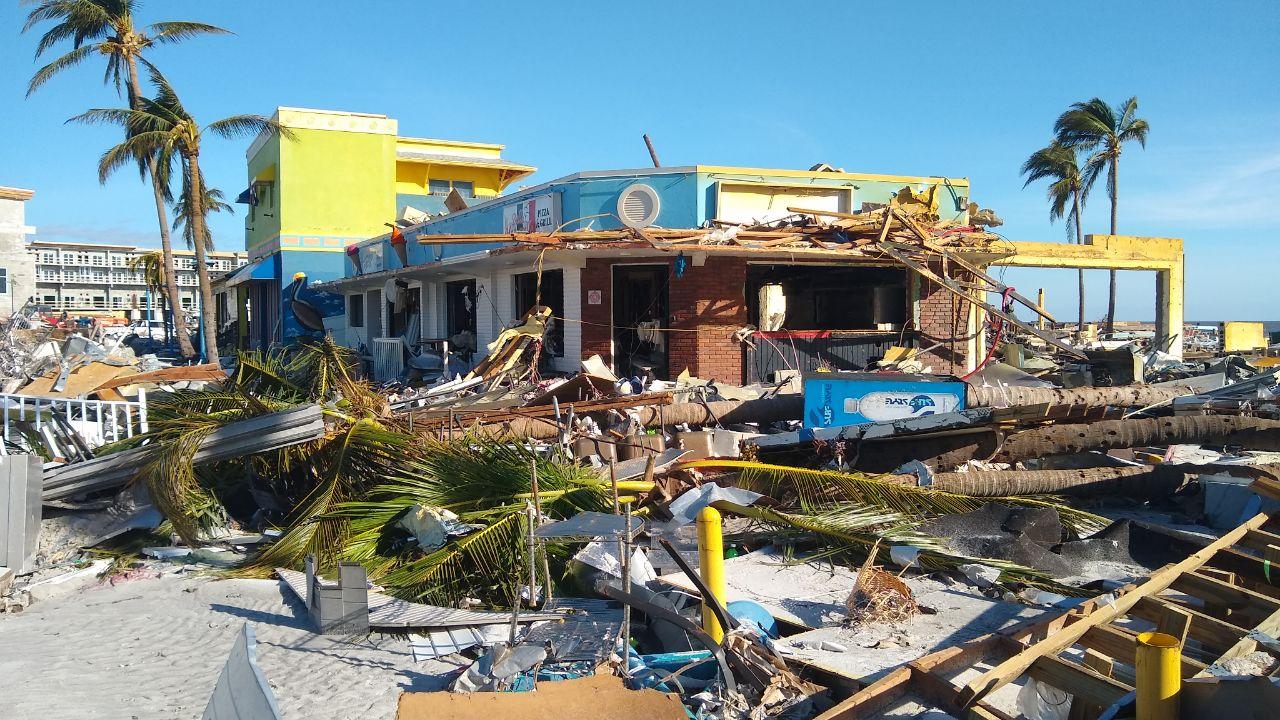
Ian’s winds and waves swept away houses, flooded condos and hotels, tore palm trees apart, ripped boats from their moorings and dumped them like matchsticks blocks away, left the white sands of island’s beaches littered with debris and piled in dunes across the one main road.
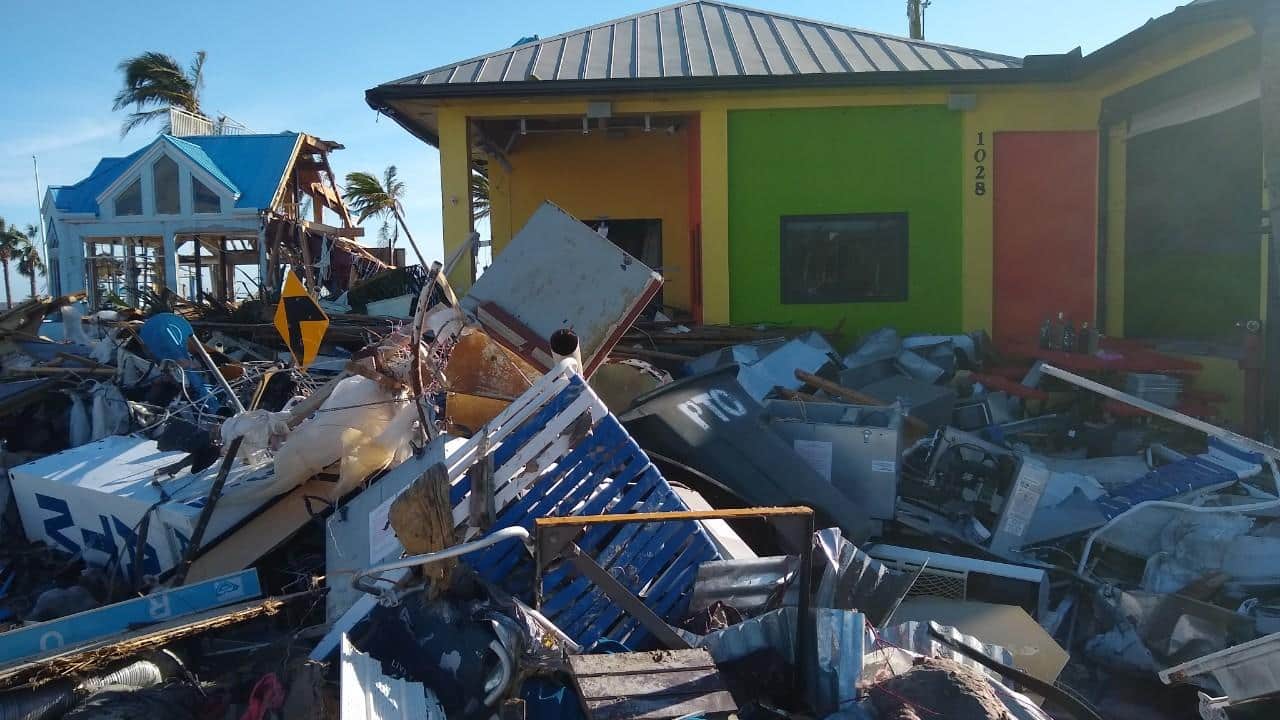
At first, as the hurricane was bearing down, I thought back to 1960 and Hurricane Donna, the storm that raked the Beach that year. Other people I grew up with, I knew through email and Facebook, were thinking the same thing.
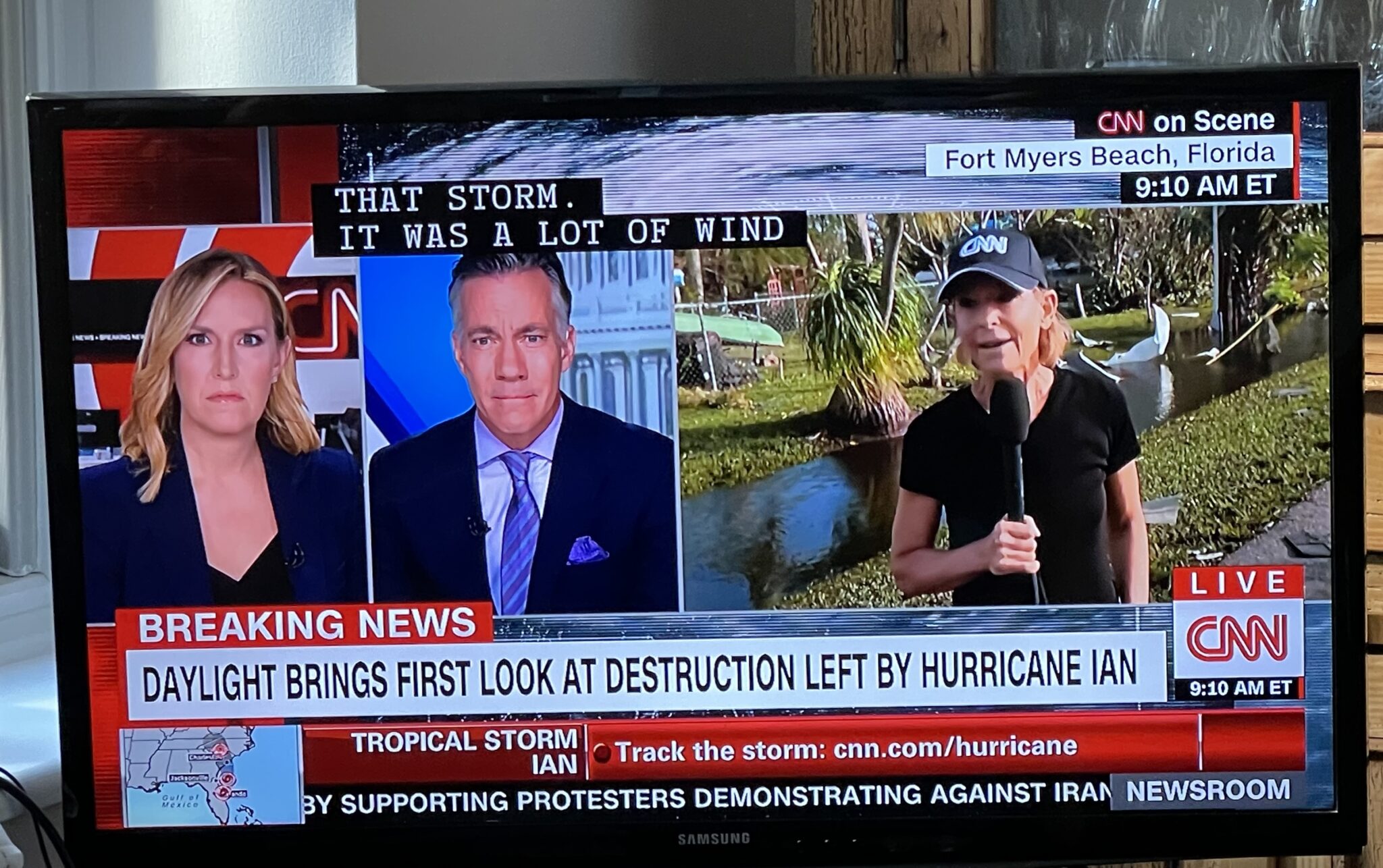
I was fourteen that September 10 when Donna came straight up Florida’s west coast toward Ft. Myers Beach. Forecasts then were a lot more primitive but we still had advance warning. My dad was working in North Carolina but Mom and I had enough time to tape the windows in our house built on stilts near the bay. We drove into Ft. Myers, farther from the coast, to ride it out with friends there.
Kay and Roland Hyatt lived just a block from the wide Caloosahatchee River that flowed from Lake Okeechobee past Fort Myers to the coast. A fancier riverfront house across the street had huge plate glass windows. I don’t remember who lived there, but during a break in the storm as Donna’s eye passed over us I went across to the big house. When the wind started to blow again a few teenagers, including me, stood with our hands against the plate glass to try to hold off the wind pounding it. The glass was taped and we felt the pressure, but this wasn’t very smart. Yet the idea that we fought against Hurricane Donna exhilarated us.
That night Donna veered inland and headed across Florida. By eight the next morning she was in the Atlantic Ocean east of St. Augustine. Once warnings against travel to the beach were lifted, Mom and I went home to see what was left.
We crossed the swing bridge onto Fort Myers Beach. The road turned left at the long fishing pier jutting out into the Gulf of Mexico.
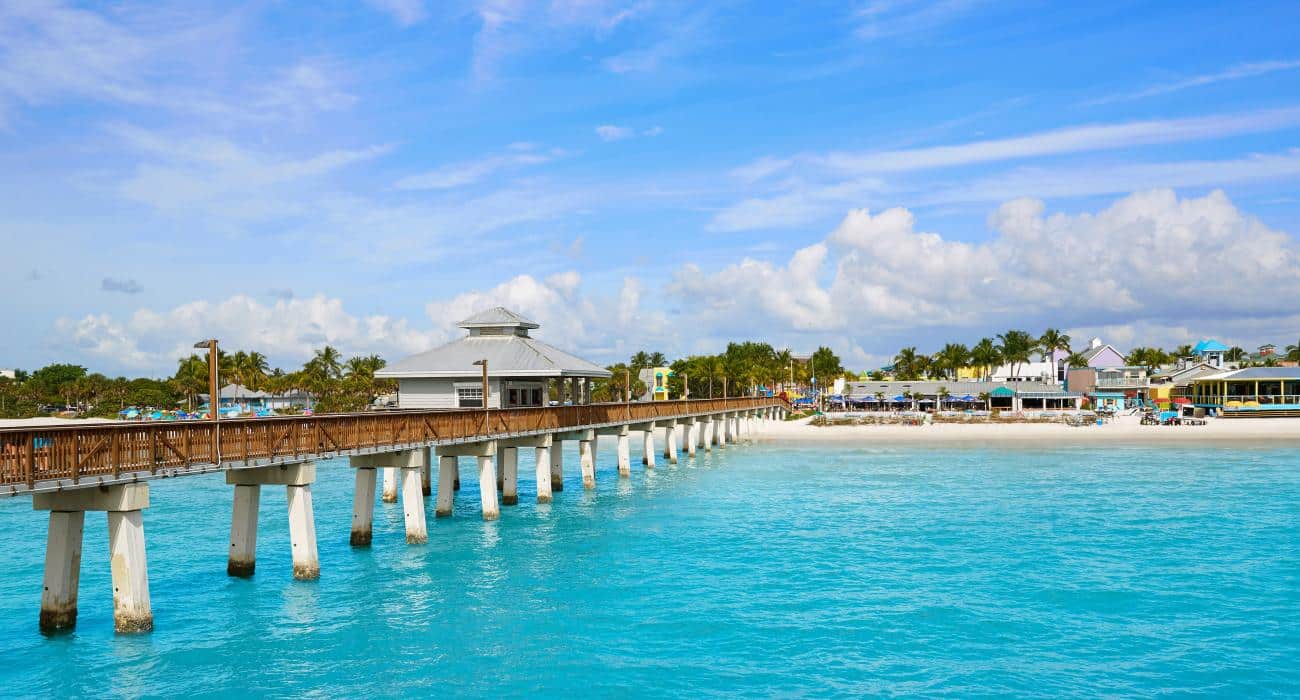
The fishing pier was a fixture at the beach for as long as anyone alive remembers. It survived Hurricane Charley in 2004, too. Fast forward to 2022. Ian ripped the pier to a skeleton of pilings.
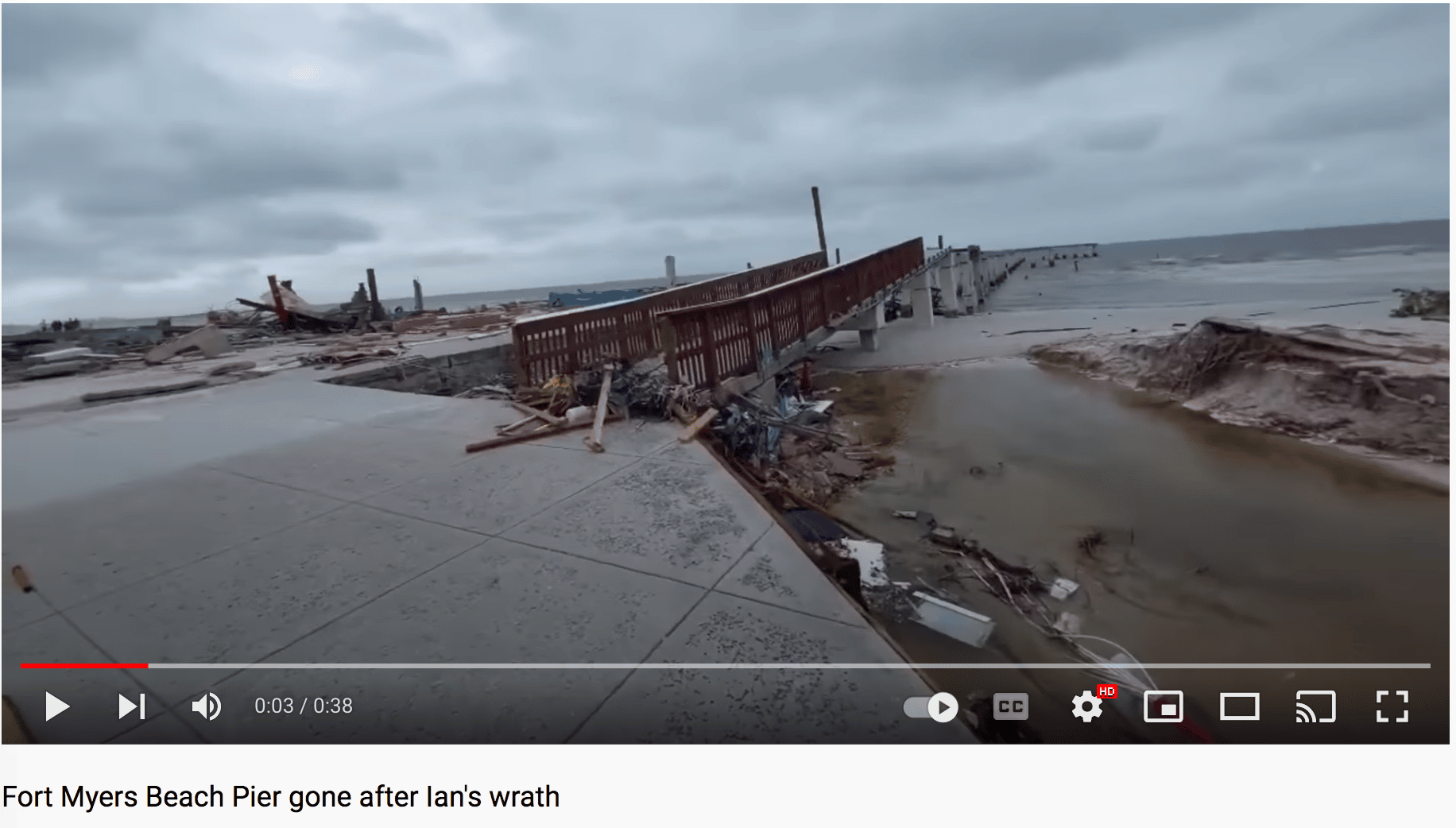
Back in 1960 Mom and I drove across and around five-foot-high sand dunes that covered the island-long road, Estero Boulevard, to reach our neighborhood. Our house still stood, high on its stilts. A sofa and other debris had collected on the slats on the beach side, carried from ground-level houses closer to the beach when the storm surge water crashed through their doors and windows and sloshed across the island. We climbed the stairs and went inside and found, happily, that we still had a roof.
But Ian did far more damage than Donna and Charley.
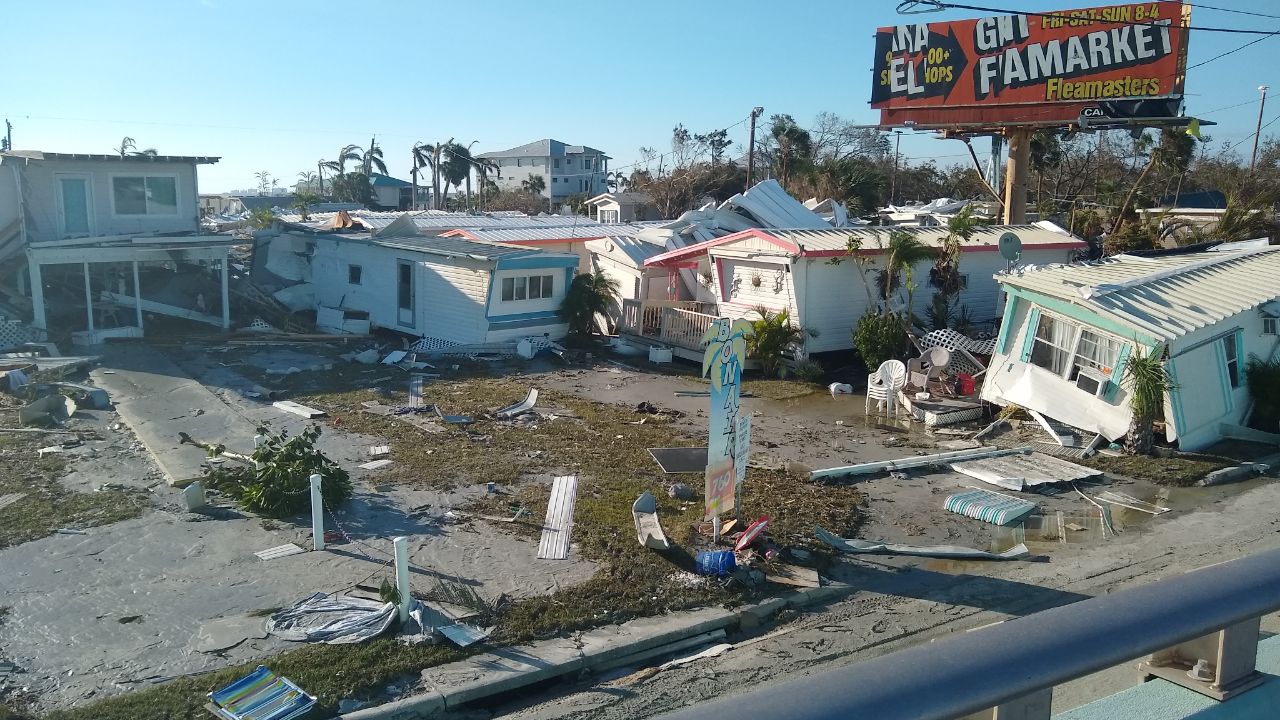
Sixty-two years of development and growth, investment and increasing density, gave a hungry storm more prey. The same was true on neighboring islands like Sanibel, Captiva, and Pine Island north of Ft. Myers Beach. Aerial photos that would have showed few beachfront houses and many undeveloped lots in 1960 in 2022 showed houses, condos, hotels and shops all cheek by jowl. There were more canals now, and more boats. Hurricane Ian must have licked its destructive chops as it bore down.
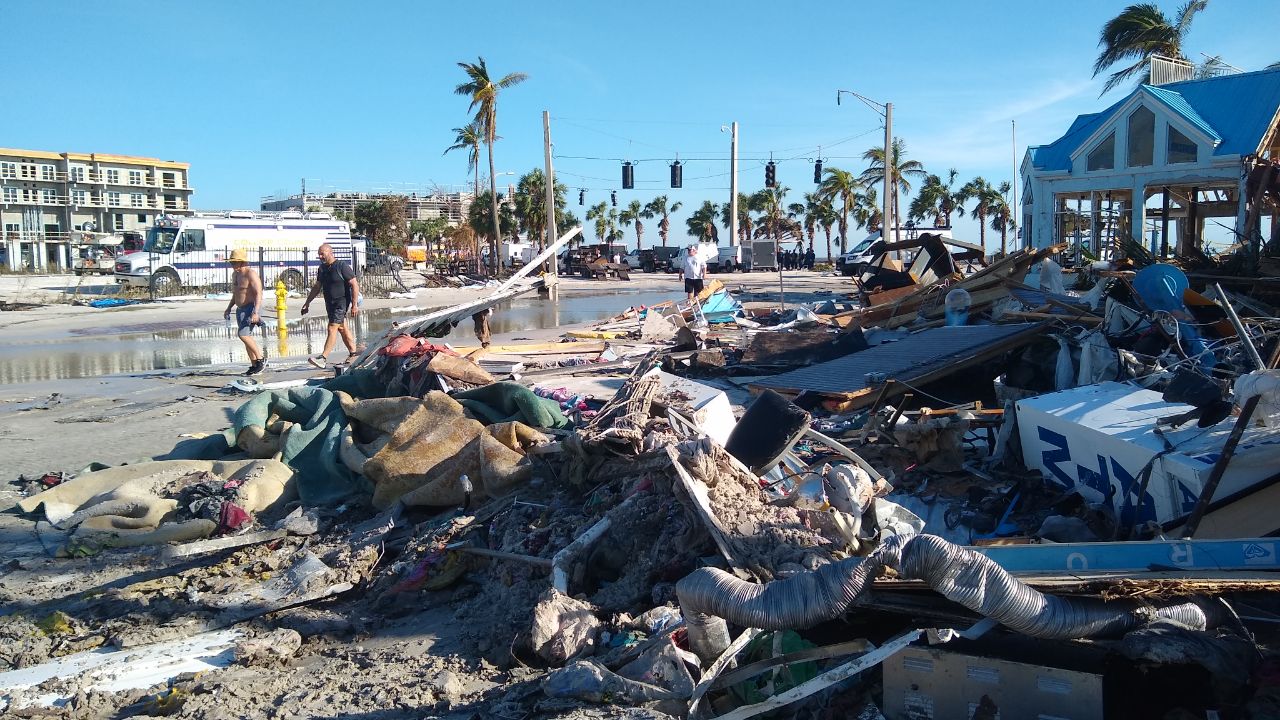 Officials say 90 percent of Fort Myers Beach, Florida is destroyed.
Officials say 90 percent of Fort Myers Beach, Florida is destroyed.
Every person in my childhood friend network feels stunned. Lee Melsek quoted our friends Chris and Tucker Patton as saying their home and 32-foot boat are gone. It makes me cry to think about them and all the others, whom I don’t know but who have lost so much.
Parts of the causeway to Sanibel and Captiva islands were torn away and left the islands cut off. You can see it buckled in the distance in this photo.
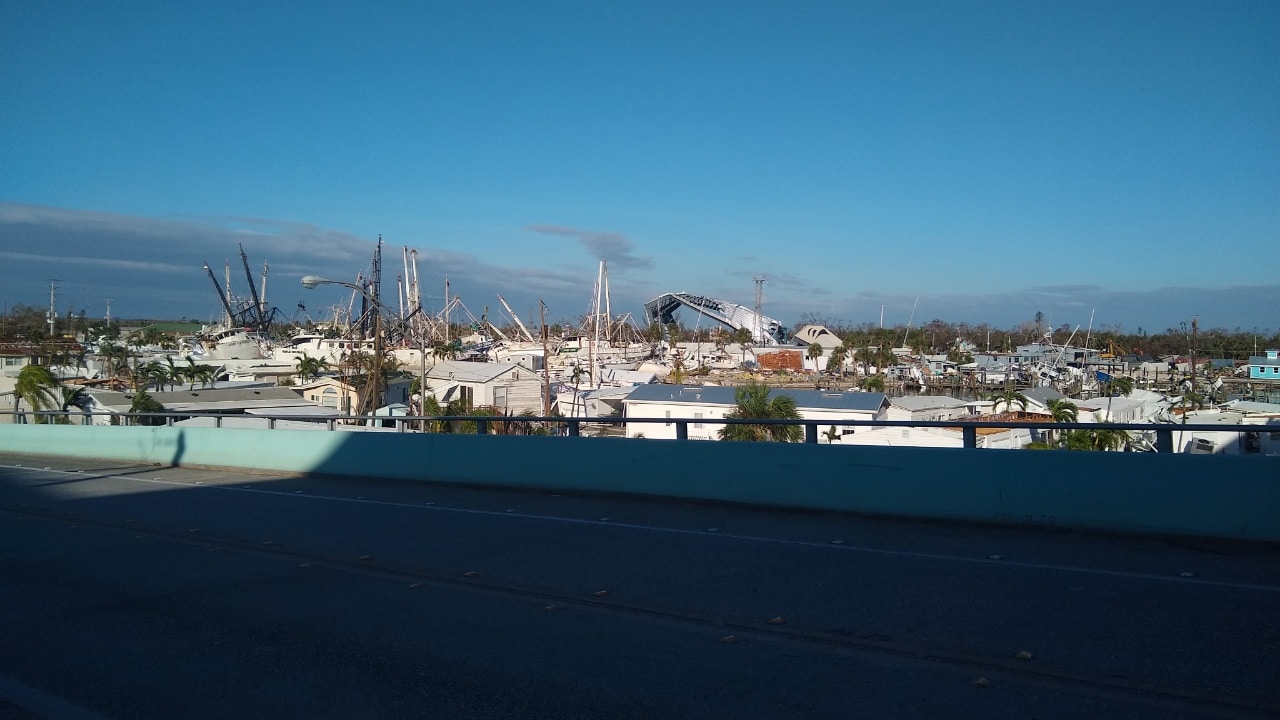
On Sanibel, where causeway damage has blocked traffic to and from the island and neighboring Captiva, #SanibelStrong is trending and people vow to rebuild. We hope the same for the beach and the other barrier islands. But a time of challenge lies ahead for the place that Barbara saw as beautiful all those years ago. Ian’s been described as a “once-in-500-years” storm. A warming climate seems to make them happen almost every weekend now. I want the beaches where I grew up to restore themselves and live again, but do it right. Recognize the dangers that lie ahead and don’t take shortcuts to restoring paradise.
